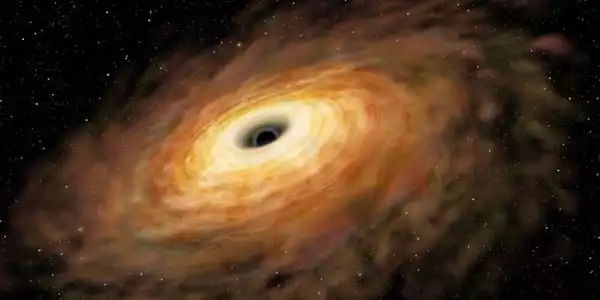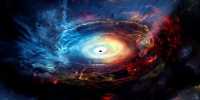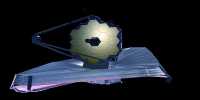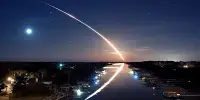A tiny supermassive black hole has been identified at the center of dwarf galaxy Mkr 462, according to astronomers. It has a mass 200,000 times that of our Sun. In human terms, it is enormous, but when we consider that supermassive black holes can weigh millions, if not billions, of solar masses, it is quite little. This discovery was virtually presented at the American Astronomical Society’s 239th meeting.
Because it is so little, it may reveal how its larger counterparts grew so much, and in some cases so quickly. One billion years after the big bang, supermassive black holes weighing over a billion solar masses were already in situ. In addition, we are not sure how we are going to do it. It is possible that the observations that lead to this latest finding will add to that. “We can’t draw firm generalizations from one example,” study leader Jack Parker of Dartmouth College in New Hampshire said in a statement. “However, this result should motivate much more thorough searches for concealed black holes in dwarf galaxies.” “We’re looking forward to finding out what we can.”
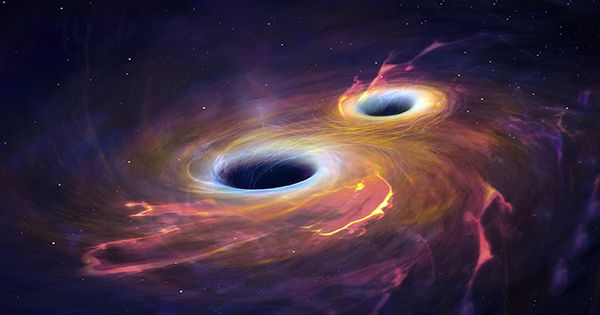
The researchers focused on a group of eight dwarf galaxies suspected of harboring a developing supermassive black hole at their center by astronomers. This is based solely on observations made by the Sloan Digital Sky Survey in visible light. Beyond the visible spectrum, however, telltale indicators of expanding black holes can detected more clearly. The reason for this is that black holes eat a lot of stuff. They produce particles and high-energy photons when actively feeding, which can detect with x-ray detectors.
This inquiry was entrusted to NASA’s Chandra spacecraft. It only uncovered convincing evidence of one of the eight galaxies with a probable developing black hole — Mkr 462. In addition, it was definitely a strange black hole. “This black hole in Mrk 462 is one of the tiniest supermassive, or monster, black holes,” Parker explained. “It’s extremely difficult to detect black holes like this.”
There are a few conceivable possibilities that could explain how these “monsters” formed and grew so quickly. The initial generation of stars, which is expected to be much more massive than the Sun, may have sown the seeds of these supermassive black holes. They would leave gigantic black holes behind as they exploded into supernovae, merging with similar-sized objects and rapidly rising to supermassive size.
Another idea is that black holes will develop spontaneously in the chaotic aftermath of the big bang. These primordial black holes may be numerous and large enough to give rise to supermassive black holes (and maybe explain dark matter). The JWST, the most powerful space telescope ever launched, will put both scenarios to the test. It is currently en route to its operational orbit.
